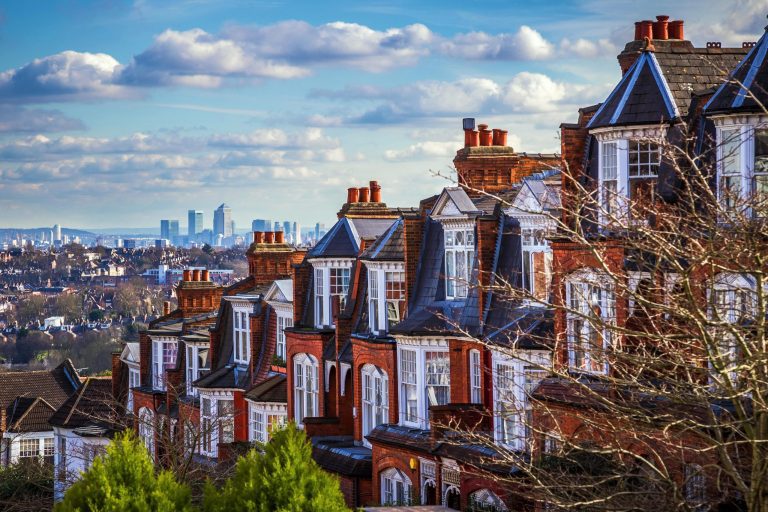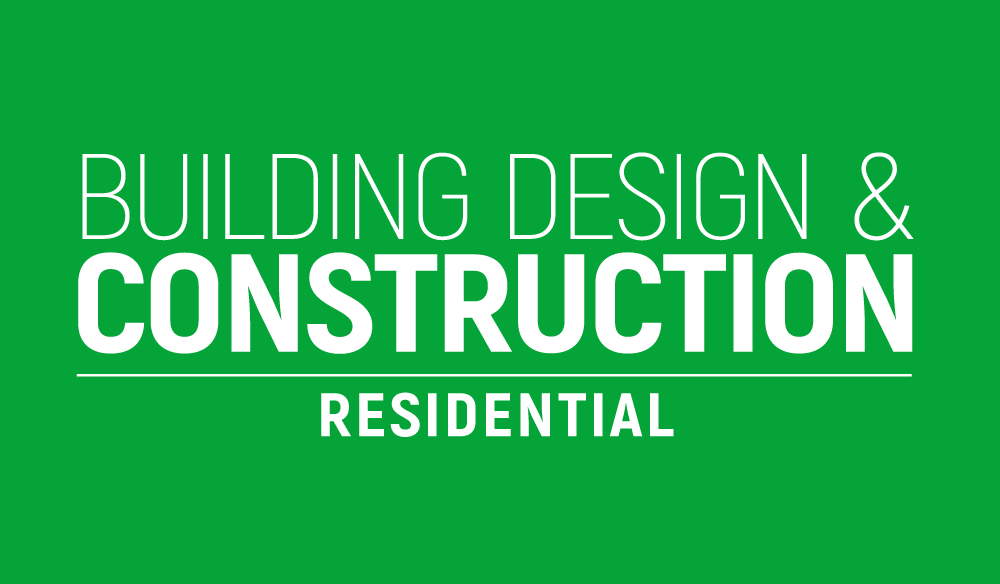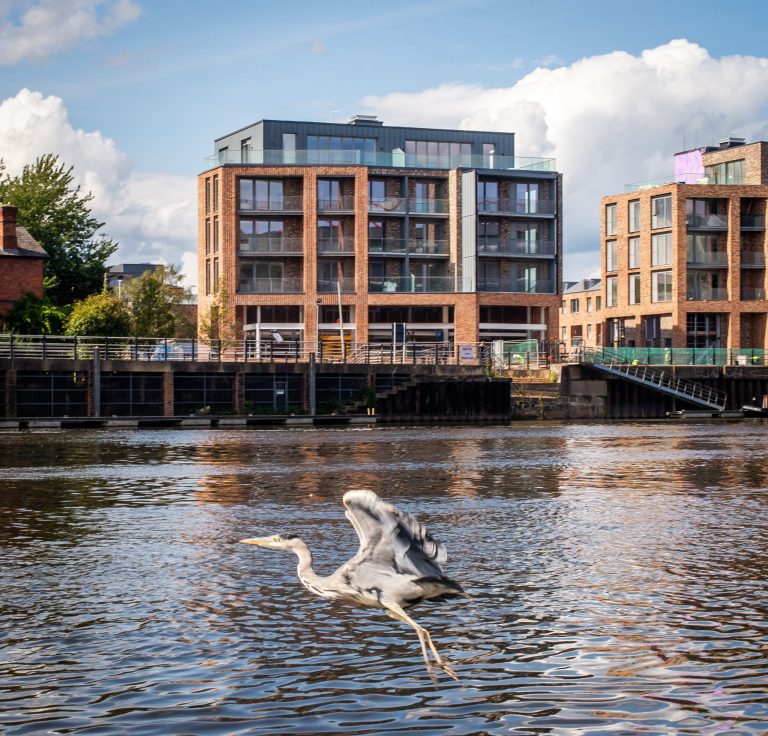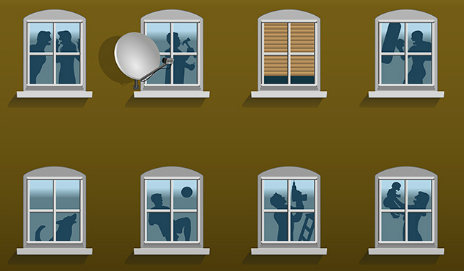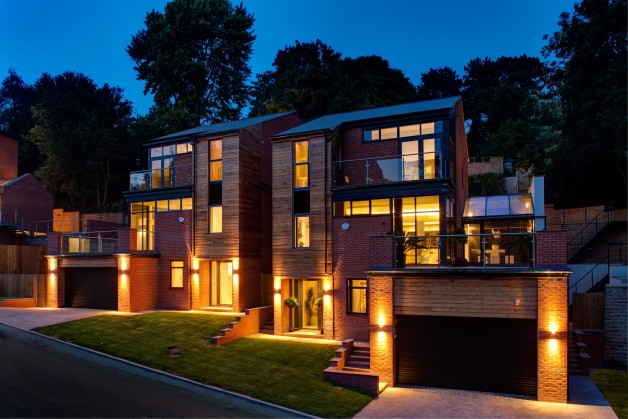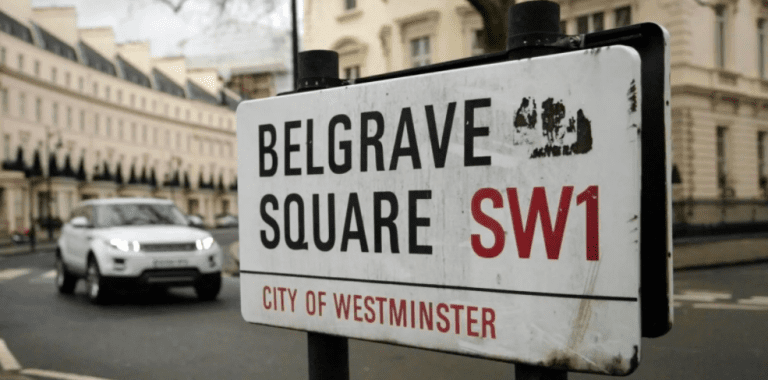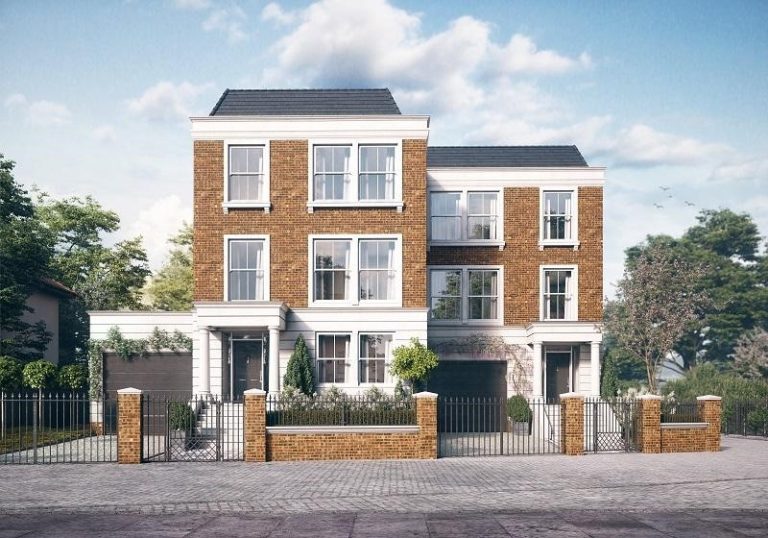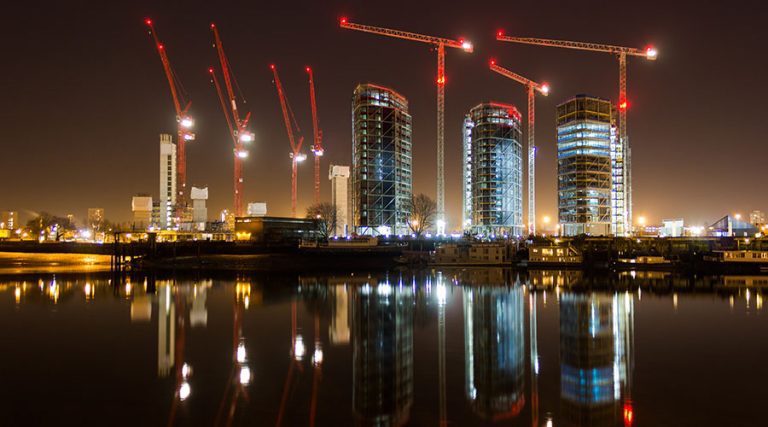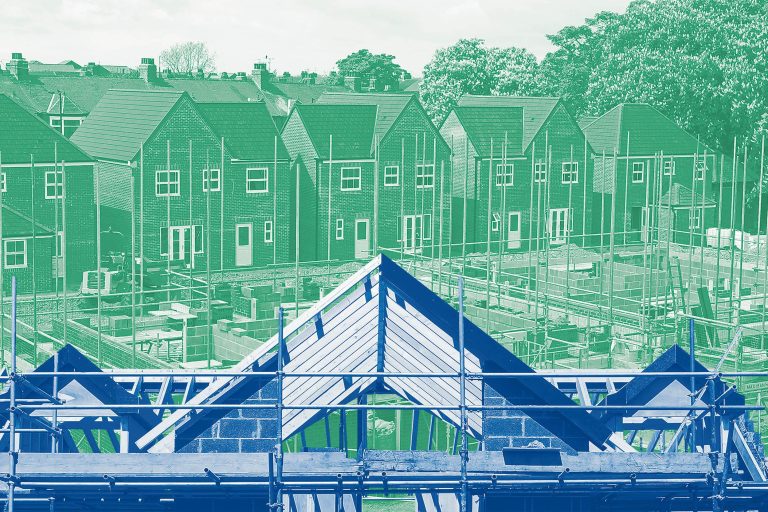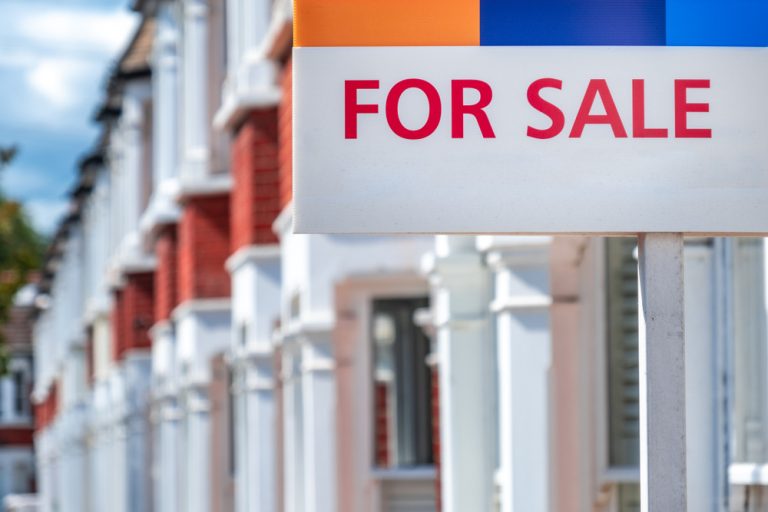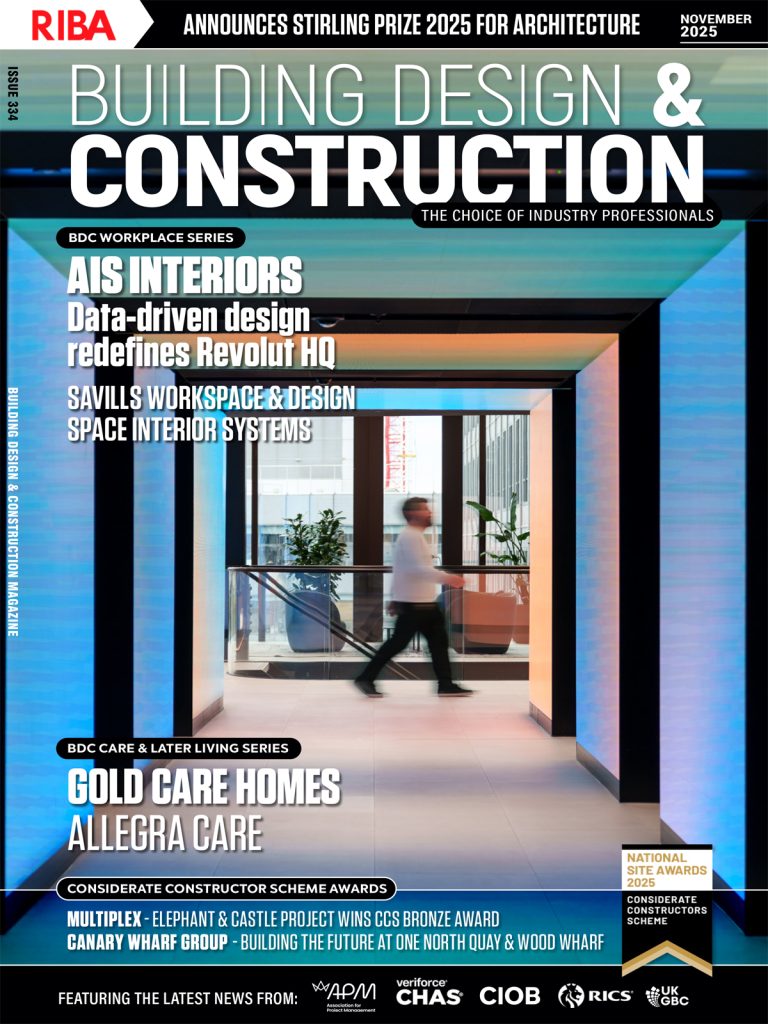The latest research from Warwick Estates has revealed how the new-build market has outperformed the rest both where price growth and price premiums are concerned since the turn of the Millenium. The average homeowner is thought to spend 21 years in a home on average, so Warwick Estates analysed new-build and existing house prices between 2000 and 2021 and found that across England and Wales, the average new-build has increased in value considerably. In 2000, the average new-build cost £92,234, but today, this has increased to £343,185 – a 272% increase. While the existing market has also seen impressive growth, the average house price has increased by just 254% in comparison. The premium attached to new-build homes has also jumped by some margin. In 2000, the average new-build home cost £17,805 more than the average existing property. Today, this premium has climbed to £79,426. London has seen the biggest jump in new-build values, up from an average of £133,568 in 2000, to £525,927 – a 294% increase and 19% more than the existing market where prices are up 275%. The East Midlands (290%) and the East of England (290%) have also seen some of the largest increases and have also outperformed the existing market to the largest extent, with a 27% and 26% respective difference in price growth during this time. However, all areas of England and Wales have seen new-build house price growth not only exceed 200% since the start of the new Millennium but also outpace the existing market. The East of England has also seen the largest increase in new-build premiums. In 2000, new-builds were valued £19,345 higher than existing homes, but today this has climbed to £97,435 – a £78,090 increase. The East Midlands (£73,222), the West Midlands (£66,255) and the South West (£60,998) have also seen the premium attached to new-build homes climb by more than £60,000 in the last two decades. COO of Warwick Estates, Bethan Griffiths, commented: “New-build homes have always commanded a premium and this premium has climbed considerably in the last two decades as house prices have risen, but also the quality and offering of the new-build sector has evolved. While getting a foot on the new-build ladder may present a tougher task for aspirational homeowners initially, they are far more likely to see their investment not only hold its value but increase at a greater rate than the existing market. So it can be well worth the additional initial financial investment for those with a long-term view of homeownership.” Table shows the increase in the average value of new-build and existing homes between 2000 and 2021 Location Average NB house price (Mar 2021) Change – 2000 to 2021 (£) Change – 2000 to 2021 (%) Average Existing house price (Mar 2021) Change – 2000 to 2021 (£) Change – 2000 to 2021 (%) London £525,927 £392,359 294% £503,386 £369,173 275% Yorkshire and The Humber £243,791 £180,320 284% £181,826 £131,985 265% East of England £404,852 £300,939 290% £307,417 £222,849 264% East Midlands £302,701 £225,162 290% £209,735 £151,941 263% North West £262,731 £192,821 276% £184,362 £133,006 259% Wales £252,646 £182,754 261% £182,699 £131,557 257% West Midlands Region £305,790 £217,404 246% £214,363 £151,150 239% South West £348,888 £250,269 254% £281,886 £198,732 239% South East £420,199 £298,520 245% £344,314 £237,522 222% North East £217,985 £147,457 209% £138,631 £91,648 195% England and Wales £343,185 £250,951 272% £263,760 £189,330 254% Data sourced from the Land Registry House Price Index – New-build vs Existing (March 2000 to March 2021 – latest available) Table shows the new-build price premium in 2000 and 2021 and the change between the two Location Average NB house price (Mar 2000) Average Existing house price (Mar 2000) NB price premium (2000) Average NB house price (Mar 2021) Average Existing house price (Mar 2021) NB price premium (2021) Change in NB premium (£) East of England £103,913 £84,568 £19,345 £404,852 £307,417 £97,435 £78,090 East Midlands £77,539 £57,794 £19,744 £302,701 £209,735 £92,966 £73,222 West Midlands Region £88,386 £63,213 £25,173 £305,790 £214,363 £91,427 £66,255 South East £121,678 £106,792 £14,887 £420,199 £344,314 £75,885 £60,998 North West £69,910 £51,357 £18,553 £262,731 £184,362 £78,368 £59,815 North East £70,528 £46,982 £23,546 £217,985 £138,631 £79,355 £55,809 South West £98,618 £83,154 £15,464 £348,888 £281,886 £67,002 £51,538 Wales £69,892 £51,142 £18,750 £252,646 £182,699 £69,947 £51,197 Yorkshire and The Humber £63,471 £49,841 £13,630 £243,791 £181,826 £61,966 £48,335 London £133,568 £134,213 -£645 £525,927 £503,386 £22,541 £23,186 England and Wales £92,234 £74,430 £17,805 £343,185 £263,760 £79,426 £61,621 Data sourced from the Land Registry House Price Index – New-build vs Existing (March 2000 to March 2021 – latest available)
